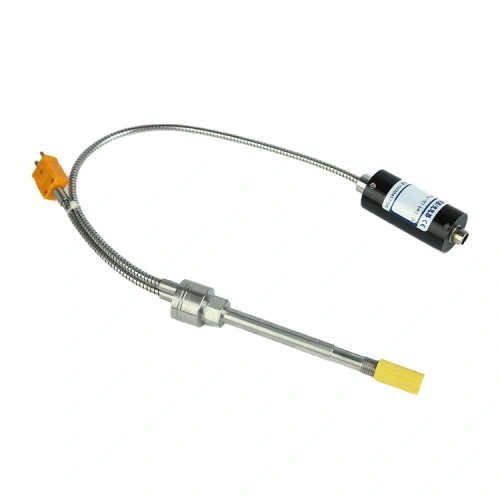Pressure Sensors play a crucial role in various industries, from aerospace and automotive to healthcare and environmental monitoring. They enable the measurement of pressure changes in different environments, aiding in accurate data collection and analysis. One specialized area of pressure sensing technology is the development of low temperature pressure sensors, designed to operate effectively in extreme cold conditions. This article delves into the significance of low temperature pressure sensors, their applications, and the technologies that make them possible. Low temperature environments, such as those found in polar regions, outer space, and cryogenic facilities, present unique challenges for sensor technologies. Conventional pressure sensors may struggle to maintain their accuracy and functionality in such conditions due to factors like material contraction, reduced electronic conductivity, and freezing of internal components. This is where low temperature pressure sensors come to the forefront.

Aerospace and Aviation: Low temperature pressure sensors are essential for aerospace applications, ensuring accurate pressure measurements in aircraft operating at high altitudes where temperatures plummet. Cryogenic Facilities: Industries relying on cryogenic processes, such as liquefied natural gas (LNG) production and storage, require pressure sensors that can withstand extremely cold temperatures. Astrophysics and Space Exploration: Sensors in space probes and rovers must function reliably in the extreme cold of space, providing valuable data for scientific research and space missions. Cold Chain Monitoring: In the pharmaceutical and food industries, maintaining a consistent cold chain is critical. Low temperature pressure sensors help monitor and regulate conditions during storage and transport. Several technological innovations have enabled the development of effective low temperature pressure sensors: Materials Selection: Researchers have identified materials that exhibit minimal contraction and maintain mechanical stability in cold environments. This ensures that the sensor's internal components remain intact and accurate. Heating Elements: Some low temperature pressure sensors incorporate internal heating elements that prevent freezing of critical components, ensuring continuous operation. Cryogenic Electronics: Specialized electronic components designed for cryogenic conditions enable sensors to function reliably at extremely low temperatures. Calibration Algorithms: Advanced calibration algorithms compensate for temperature-induced variations, allowing the sensors to provide accurate measurements even in cold environments. While significant progress has been made in the field of low temperature pressure sensors, challenges persist. Developing sensors that can withstand a wide range of cold temperatures, from mildly cold environments to ultra-cryogenic conditions, remains an ongoing challenge. Additionally, ensuring that these sensors are cost-effective and easily integrable into existing systems is crucial for their widespread adoption. As technology continues to evolve, we can expect further improvements in the accuracy, robustness, and versatility of low temperature pressure sensors. These advancements will unlock new possibilities for scientific research, space exploration, industrial processes, and more, ultimately contributing to our understanding of the world and universe around us.



